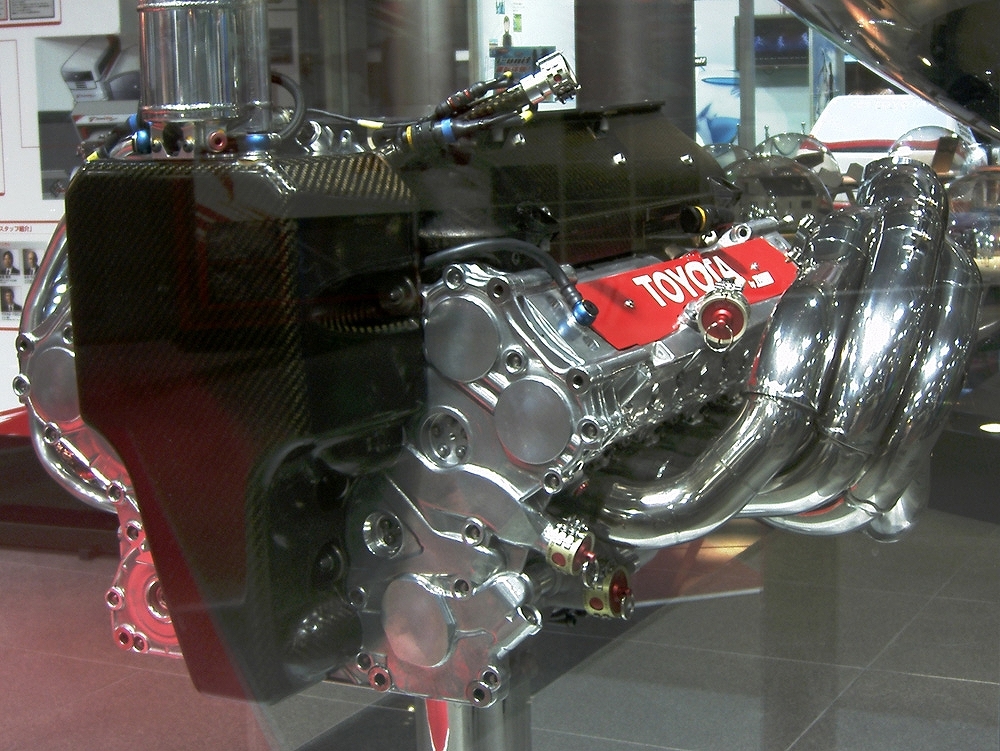Our cardiovascular system is basically an engine. The bigger it is the more power we can produce. Like any powerful engine its performance is based on its efficiency and size. When we look at our body in terms of conditioning we should think of it like an engine. We must first build it and then fine tune it to be efficient for what we want it to do.
When we look at training we can look at it the same way. First we need to assemble the basic parts, this is the base miles in the offseason. This is what promotes the structural changes in our physiology. Our heart becomes larger and more powerful, capillarization occurs improving blood supply to the muscle fibers and in addition numbers of mitochondria increase within the cells. This process is gradual and is stimulated by large volumes of aerobic training. It is a relatively slow process but has a long lasting effect. Because longer duration is required the intensity must be relatively low in order to accumulate adequate volume without overtraining. This will gives us the foundation for our conditioning. Increasing aerobic capacity also has a vast amount health benefits associated, such as reduced blood pressure and a strong and efficient heart.
Once we build up a foundation we must then tune it. Now anaerobic style training comes into play. Anaerobic training up-regulates enzymes which promote glycolysis, the energy system utilised during high intensity. It also improves the ATP-CP energy system used during sprint type activity. The effects happen over a much shorter period of time and remain effective for a short period if training is not maintained.
HIIT has become popular because it yields results much quicker than LSD training. The issue is that the physiological changes that come from it are really only the icing on the cake. Without a strong base prior to HIT an athlete is neglecting a big part of their physiology. This is noticeable in a lot of team sports. An athlete may perform quite well at high intensity but struggle to utilise fat for fuel, causing him to tire late in a game. They also tend to recover relatively slower as their oxidative system does not have the capacity to remove lactate as effectively.
If an athlete wishes to have good conditioning for their sport they must build a big engine to begin with and then tune it to be suitable to their activity. Whether they use threshold work or sprint intervals to do so will depend on the nature of the sport. The point I emphasise is that a strong aerobic base should never be neglected. Regardless if the sport is an endurance sport or not a strong aerobic system will be of great benefit to most athletes as it is still a major part of their physiology.
